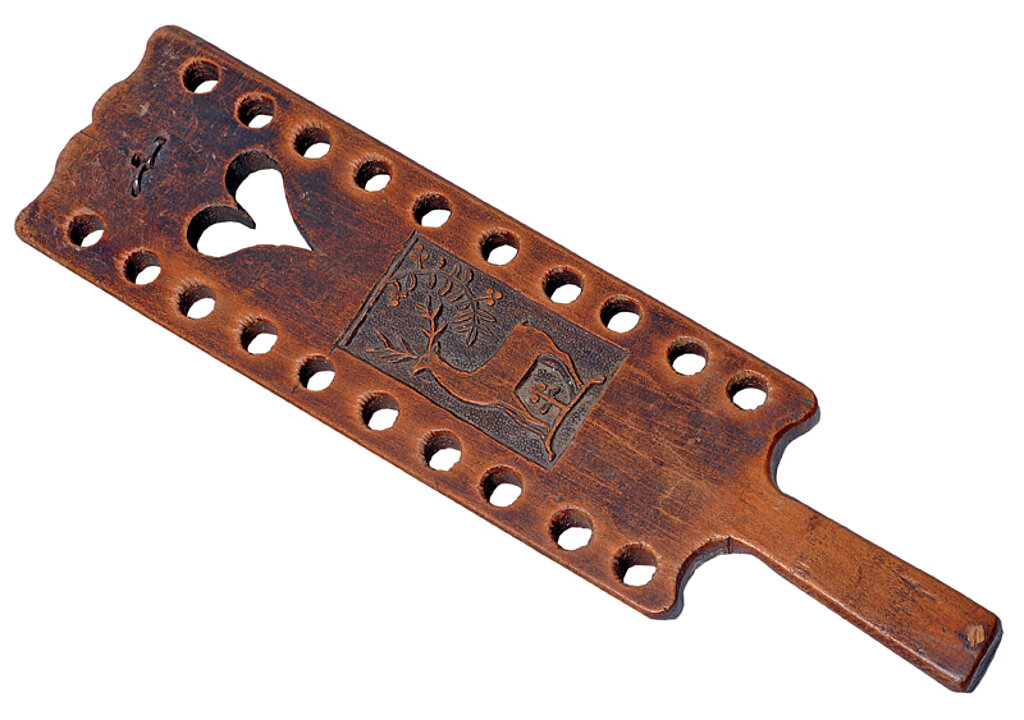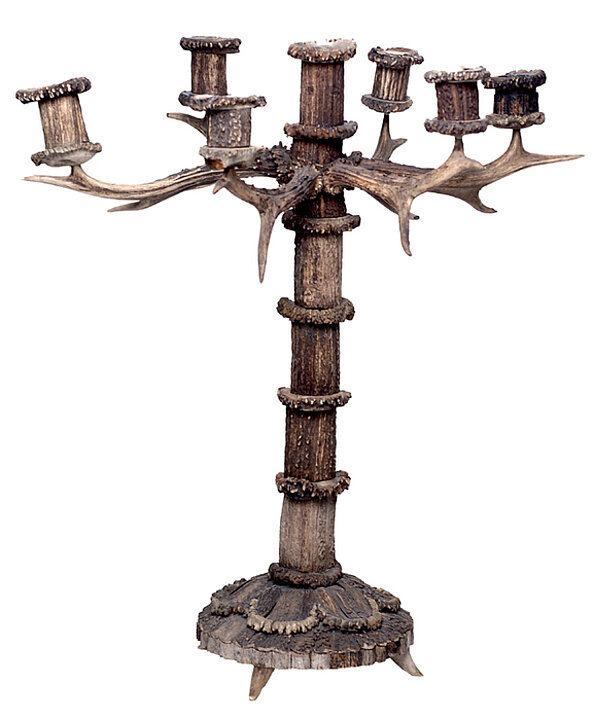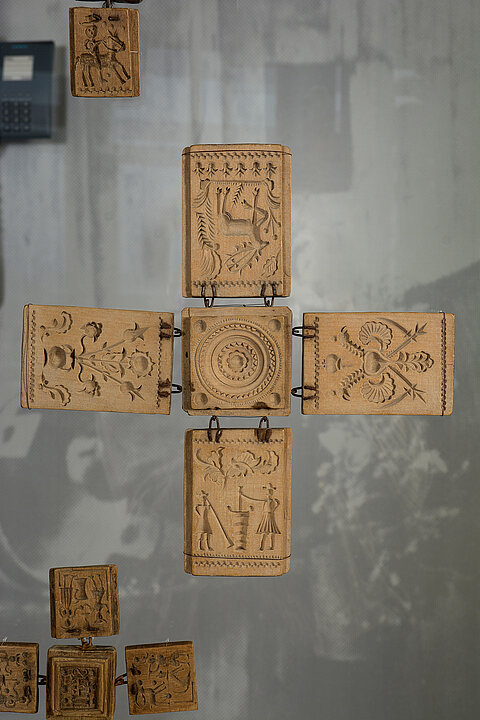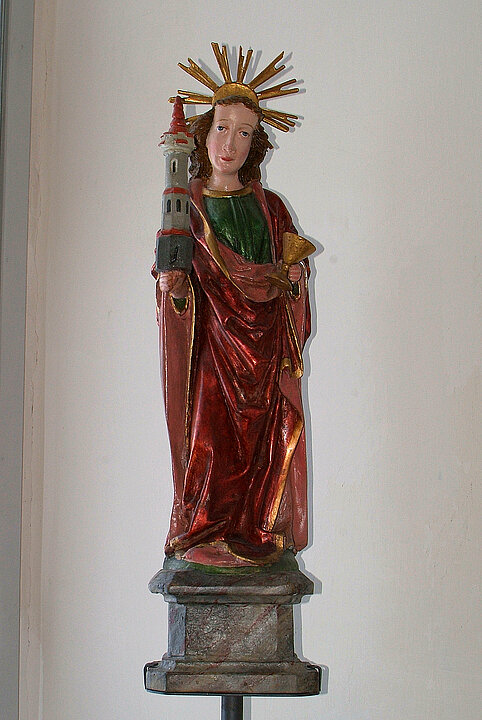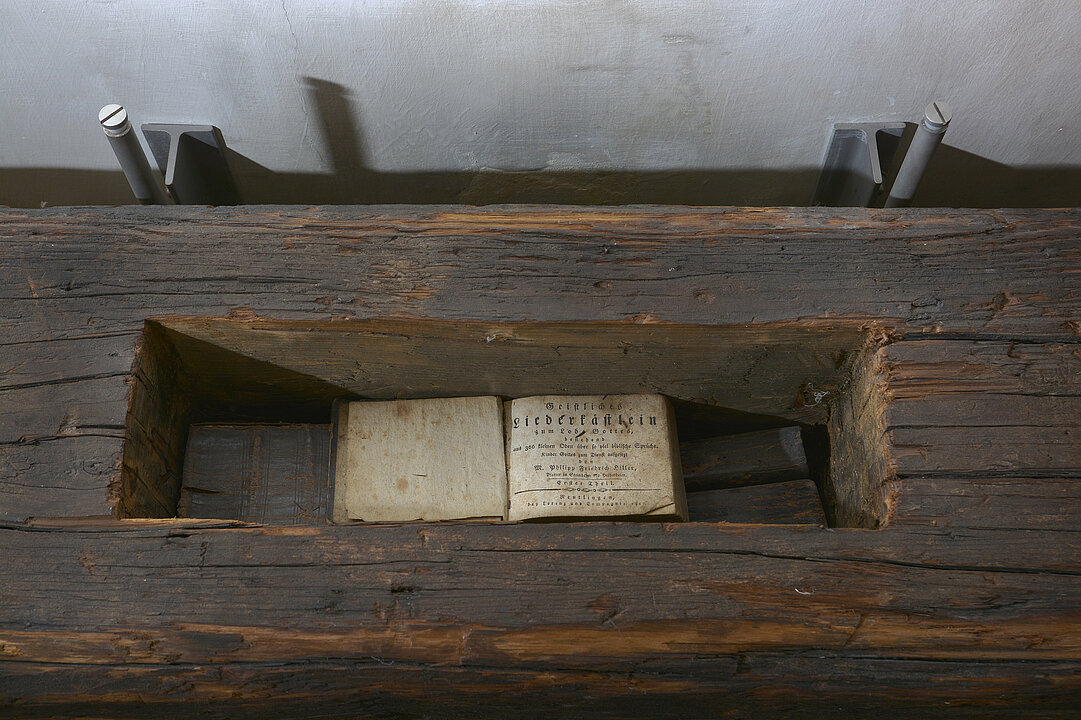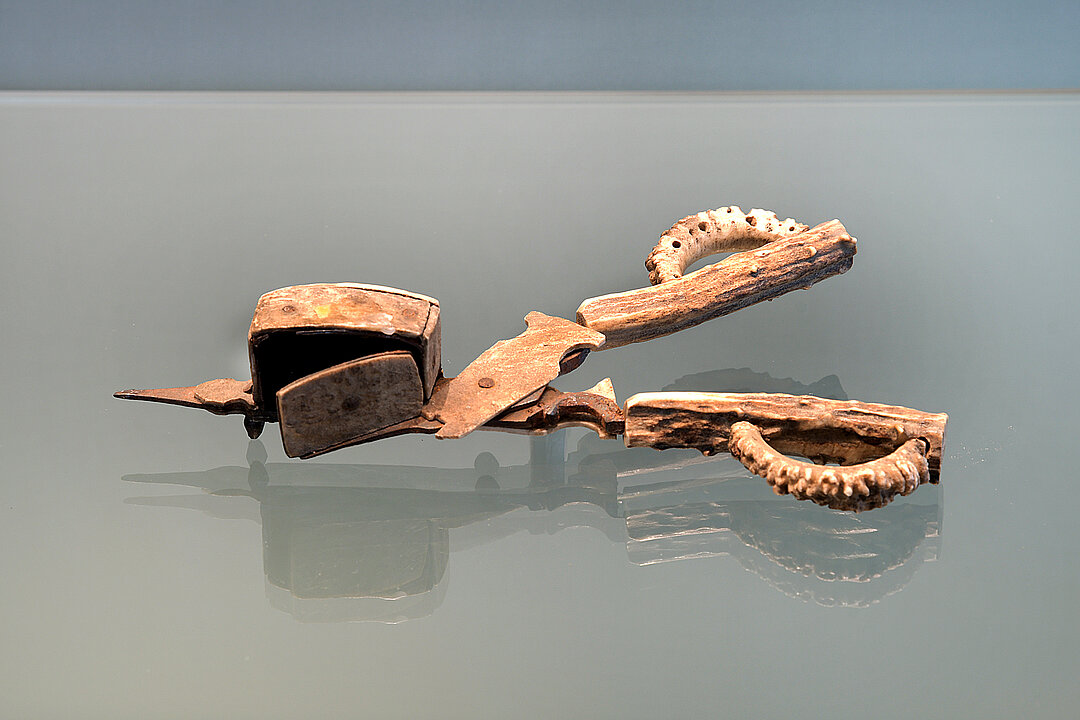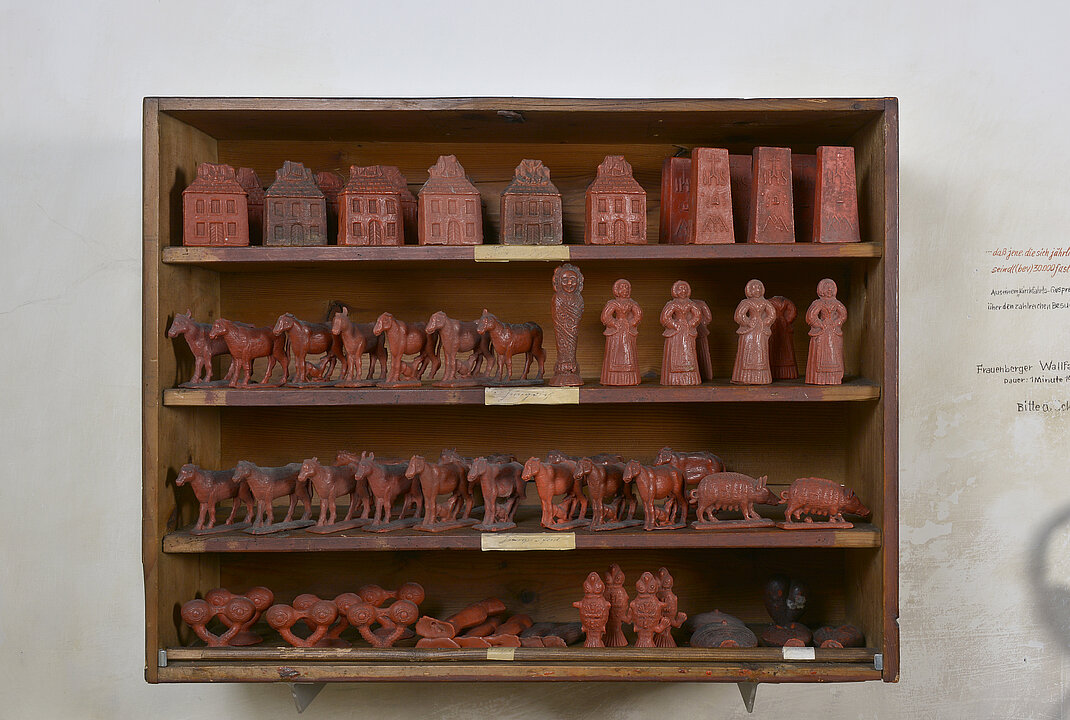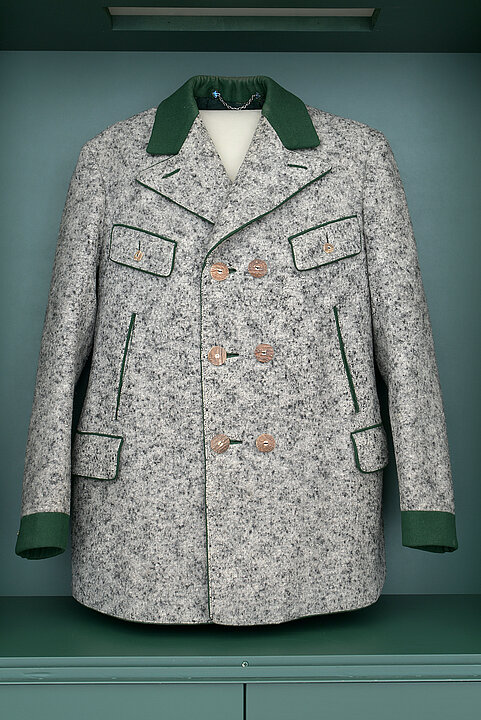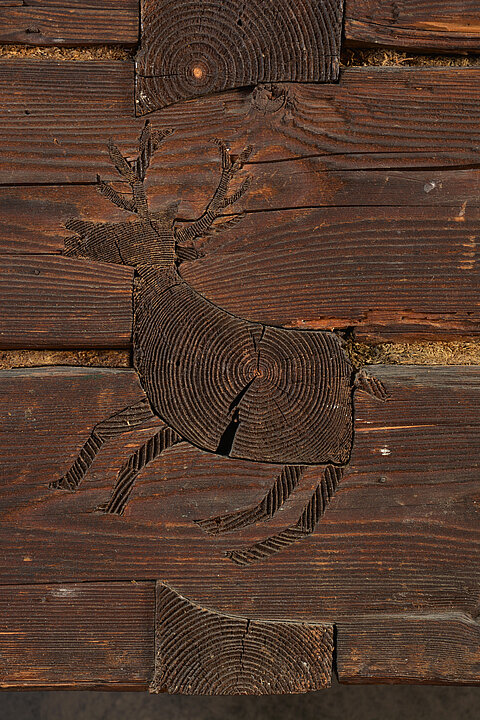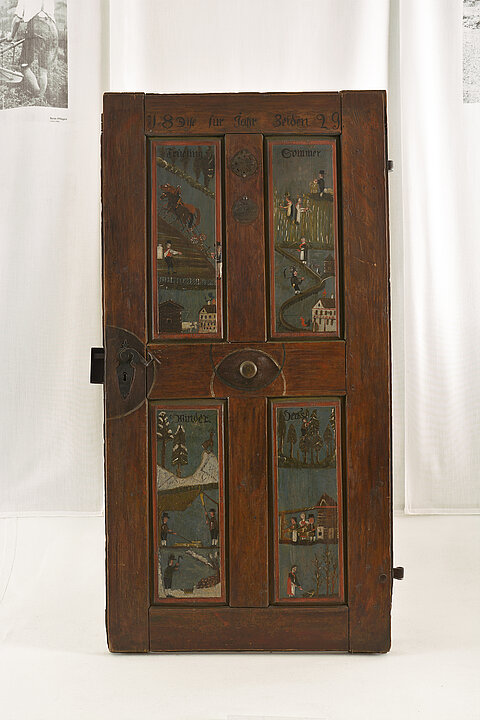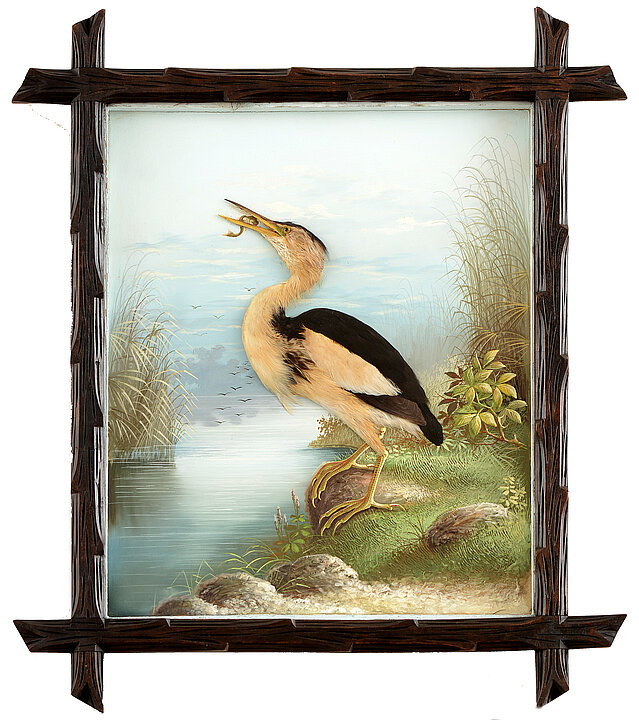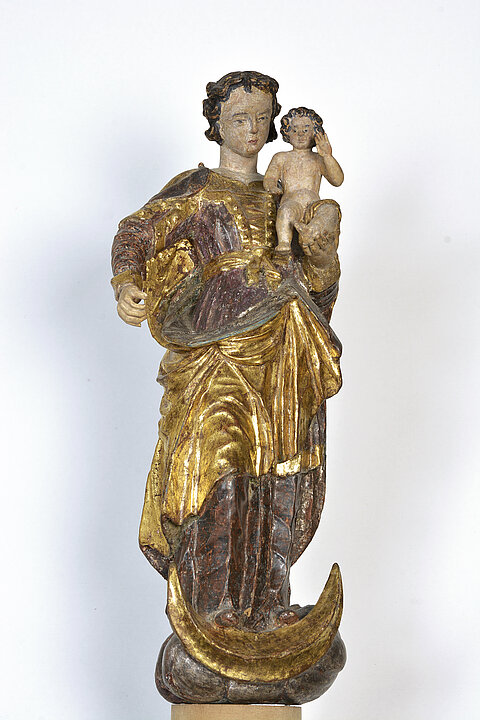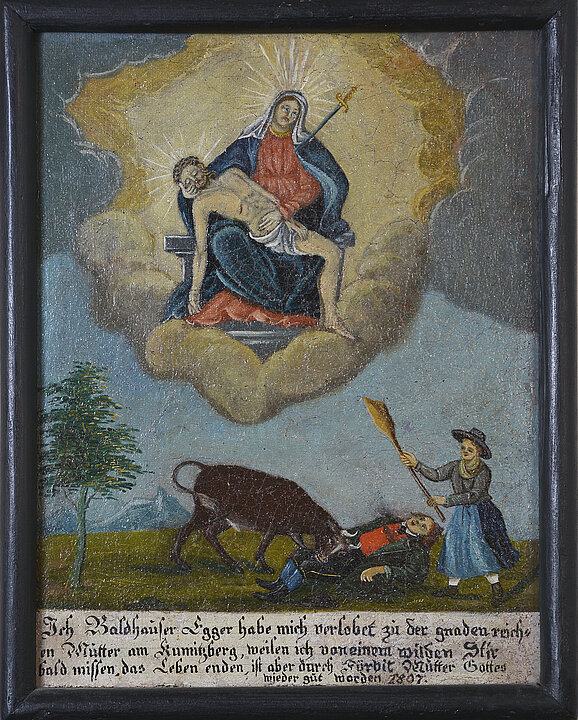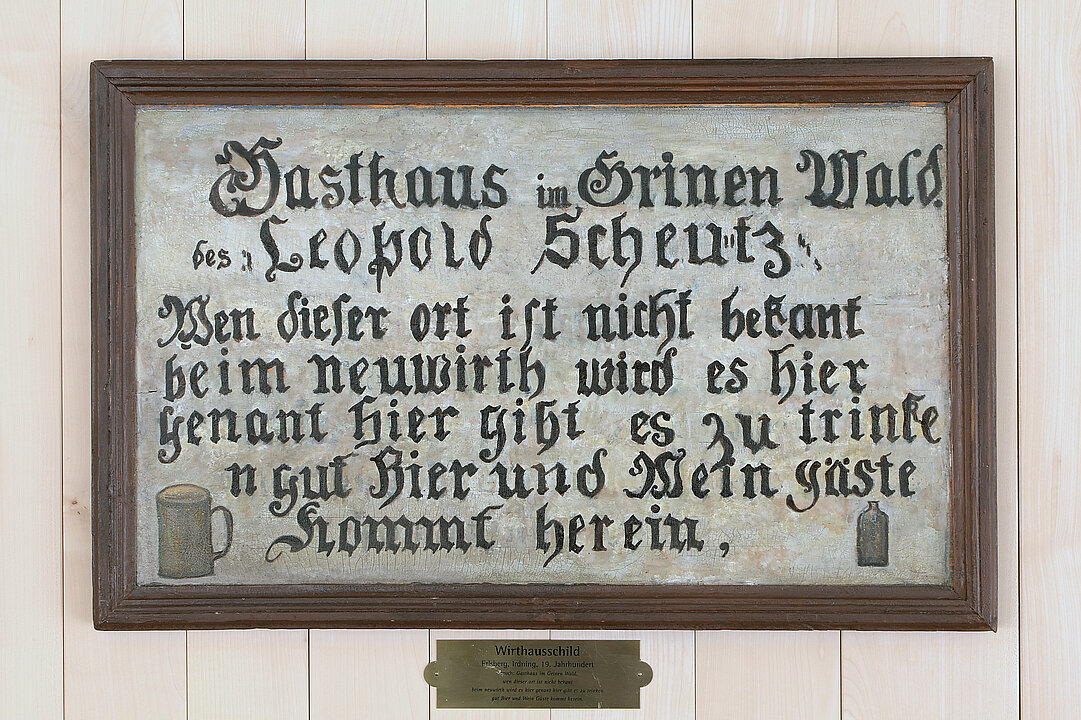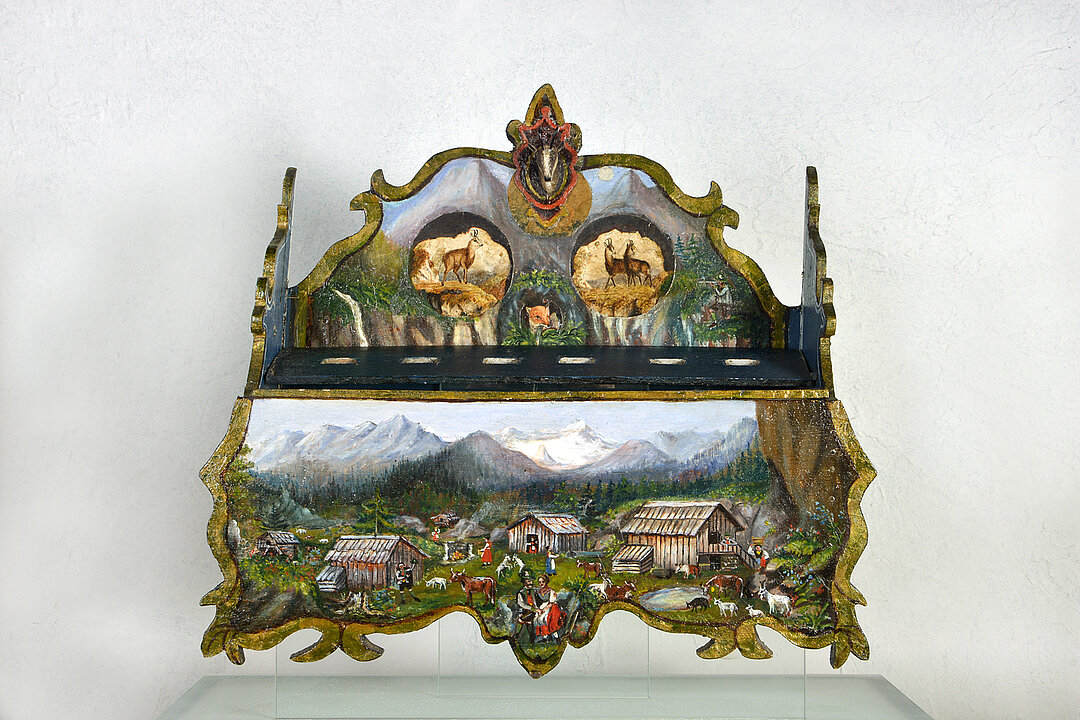As part of the Universalmuseum Joanneum, Trautenfels Castle is one of the latest locations to join this oldest and second largest museum in Austria. In 1951, the Provincial Government of Styria decided to establish an additional location of the Universalmuseum Joanneum in the representation rooms of Trautenfels Castle in order to collect, preserve and document, research and make accessible the natural and cultural history of the district of Liezen. On 9 August 1959, the “Heimatmuseum” (local museum) was officially opened as a museum for the district of Liezen in Trautenfels Castle. On 21 November 1971, it was renamed “Landscape Museum Trautenfels Castle”, changing its name again to Trautenfels Castle in 2011.
Ever since the 1950s, natural scientists and researchers from the Joanneum have been exploring the region intensively for findings. Their collections served as a basis for the geology, mineralogy and zoology departments, which were essential to the Landscape Museum from the outset. Finds from various archaeological excavations were then added to the museum’s collections.
Karl Haiding (museum director 1955–1975), who was entrusted with establishing the museum, also serving as its first director, collected many exhibits from 1955 until the museum’s opening in 1959. His aim was to build a collection for the district of Liezen in an active attempt to counteract the loss of rural and artisanal material culture impending at the time. Within a short period of time, the museum’s collection was enlarged by a number of ethnologically valuable exhibits. The collection included farming tools, documents on house building, trade tools, household items, furniture, folk art and artefacts related to traditions and customs, as well as objects from everyday life of the people in the district of Liezen. With thematically planned special exhibitions (beekeeping and gingerbread making, forestry and timber, and Alpine pasture farming in Styria), it was possible to actively collect and document exhibits in the course of field research.
The expansion of the collection by Dr. Volker Hänsel (museum director 1975–2005) was part of a broader effort inspired by contemporary aspects of folklore collections at the end of the 20th century. He not only expanded the historical collection at Trautenfels Castle, but also began collecting objects from everyday life in the 20th century as early as the 1980s. Since the 1980s, effects from entire households, private collections and workshop inventories have since been gathered for the new collection of 20th century everyday culture in the district of Liezen. Private holdings of preserved specimens, minerals and rocks were included in the collection on nature.
The collection of Schloss Trautenfels

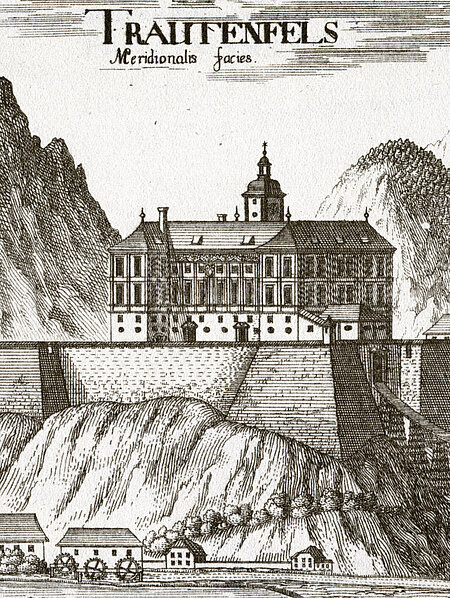
Image Credits
[1] During the Nazi era, the Volkskunde expert Karl Haiding (1906‒1985) held a high post, amongst others, in the Amt Rosenberg. Cf. Mindler Ursula, “…although I hadn’t made any concessions at all and my colleagues must have been aware of my gesamtdeutsche attitude…” Notes on Karl Haiding (1906‒1985). In: Österreichische Zeitschrift für Volkskunde, NS Volume LXIV, No.2 (2010), p.179‒202.
[2] “Alltagskultur seit 1945” (Everyday Culture since 1945): Numerous discussions within the working group on everyday culture since 1945 have revealed that it is impossible to apply general collection guidelines given the abundance of everyday objects. Key objects were selected as characteristic of their day and age, and individual museums defined their collection focuses within that particular context.





















